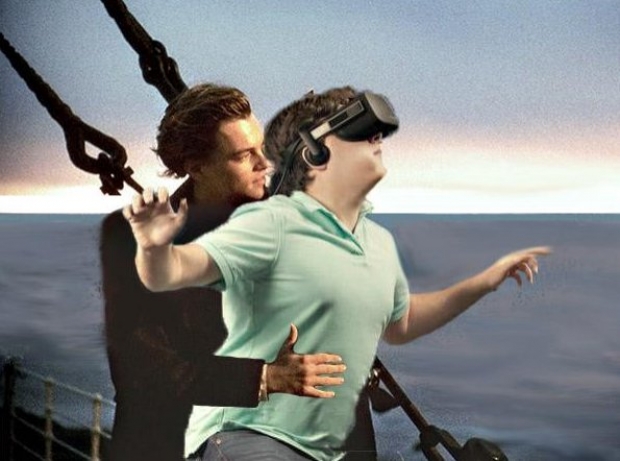IDC is forecasting the combined augmented reality (AR) and virtual reality (VR) headset market to reach 13.7 million units in 2017, growing to 81.2 million units by 2021 with a compound annual growth rate (CAGR) of 56.1 percent. VR headsets will account for more than 90 percent of the market until 2019 while AR will account for the rest. In the final two years of forecast, IDC expects AR headsets to experience exponential growth as they capture a quarter of the market by the end of the forecast.
Jitesh Ubrani, senior research analyst for IDC Mobile Device Trackers said that AR headset shipments today are a fraction of where IDC expects them to be in the next five years, both in terms of volume and functionality. "AR headsets are also on track to account for over US$30 billion in revenues by 2021, almost double that of VR, as most of the AR headsets will carry much higher average selling prices with earlier adopters being the commercial segment. Meanwhile, most consumers will experience AR on mobile devices, although it's only a matter of time before Apple's ARKit- and Google's ARCore-enabled apps make their way into the market.
"AR headsets are also on track to account for over US$30 billion in revenues by 2021, almost double that of VR, as most of the AR headsets will carry much higher average selling prices with earlier adopters being the commercial segment. Meanwhile, most consumers will experience AR on mobile devices, although it's only a matter of time before Apple's ARKit- and Google's ARCore-enabled apps make their way into consumer grade headsets."
While AR headsets are poised for long-term growth along with a profound impact on the way businesses and consumers compute, VR headsets will drive a near-term shift in computing. Recent price reductions across all the major platforms, plus new entrants appearing in the next month, should drive growth in the second half of 2017 and will help to offset a slow start to the year. Screenless viewers such as the Gear VR will continue to maintain a majority share throughout the forecast, although the category's share will continue to decline as lower-priced tethered head-mounted displays (HMDs) gain share over the course of the next two years. Meanwhile, IDC is predicting that standalone HMDs will gain share in the outer years of the forecast.
Tom Mainelli, vice president, Devices and AR/VR at IDC said: "Virtual reality has suffered from some unrealistic growth expectations in 2017, but overall the market is still growing at a reasonable rate and new products from Microsoft and its partners should help drive additional interest in the final quarter of this year. As we head into 2018 we'll see additional new products appearing, including standalone headsets from major players, and we expect to see a growing number of companies embracing the technology to enable new business processes and training opportunities."




